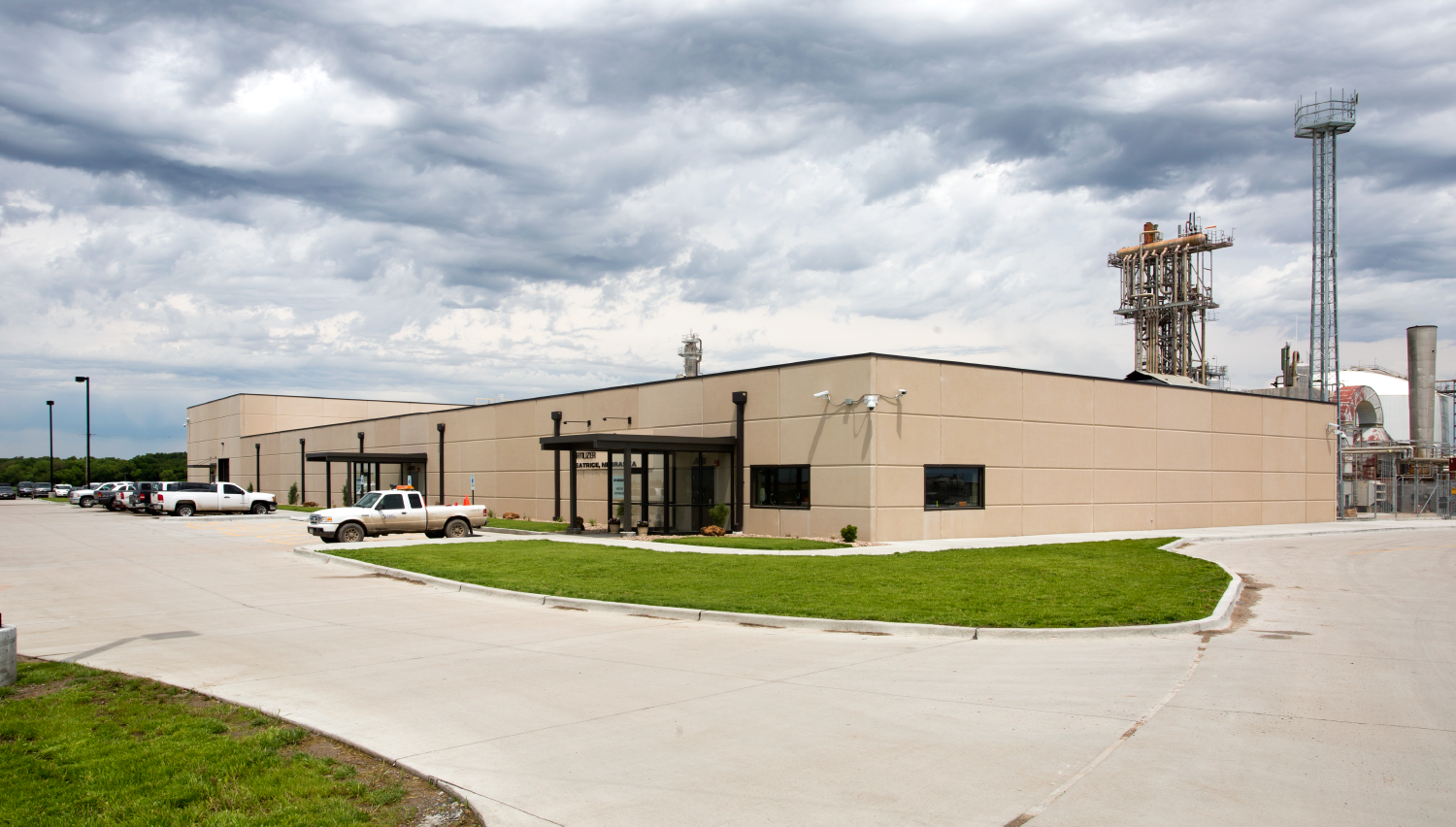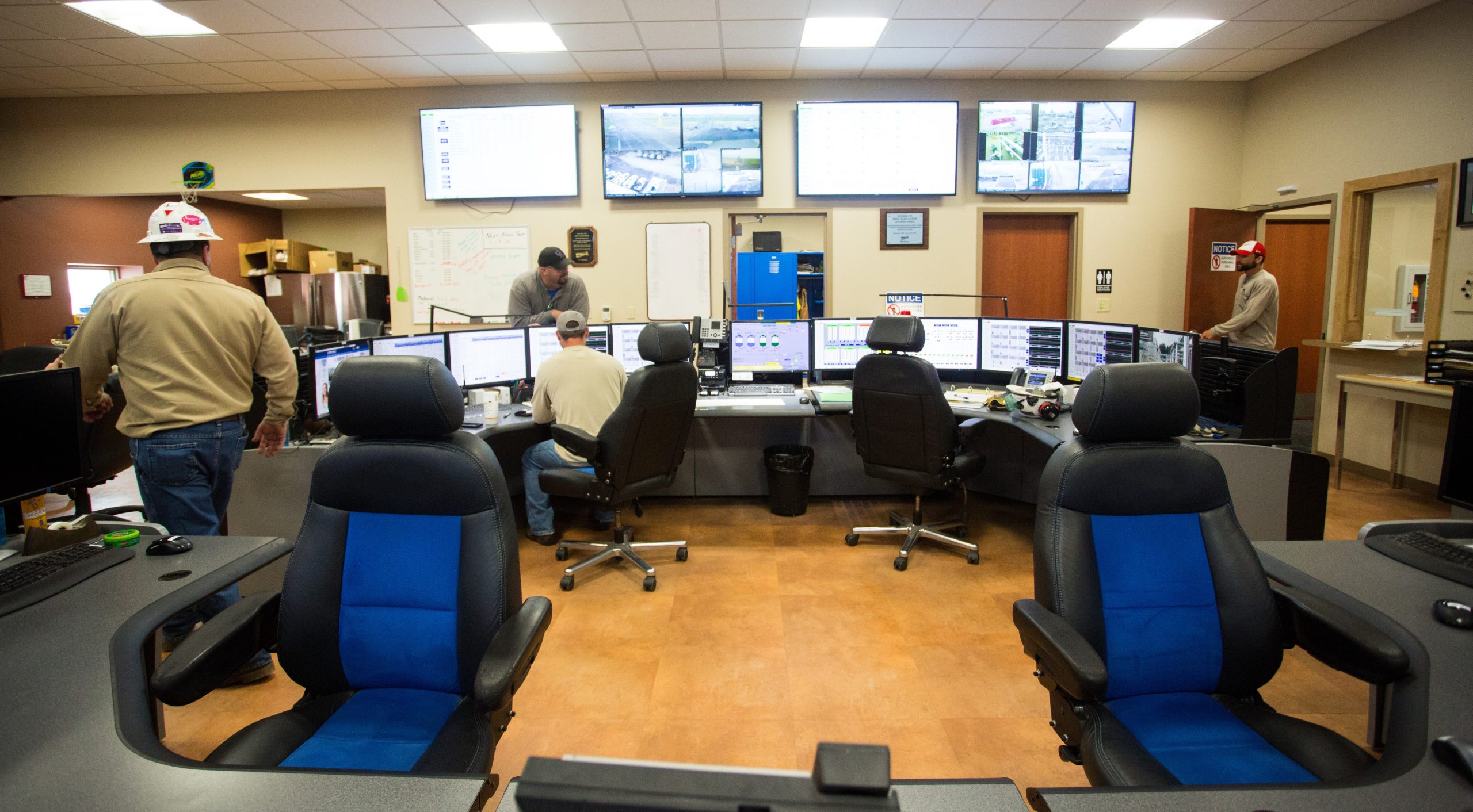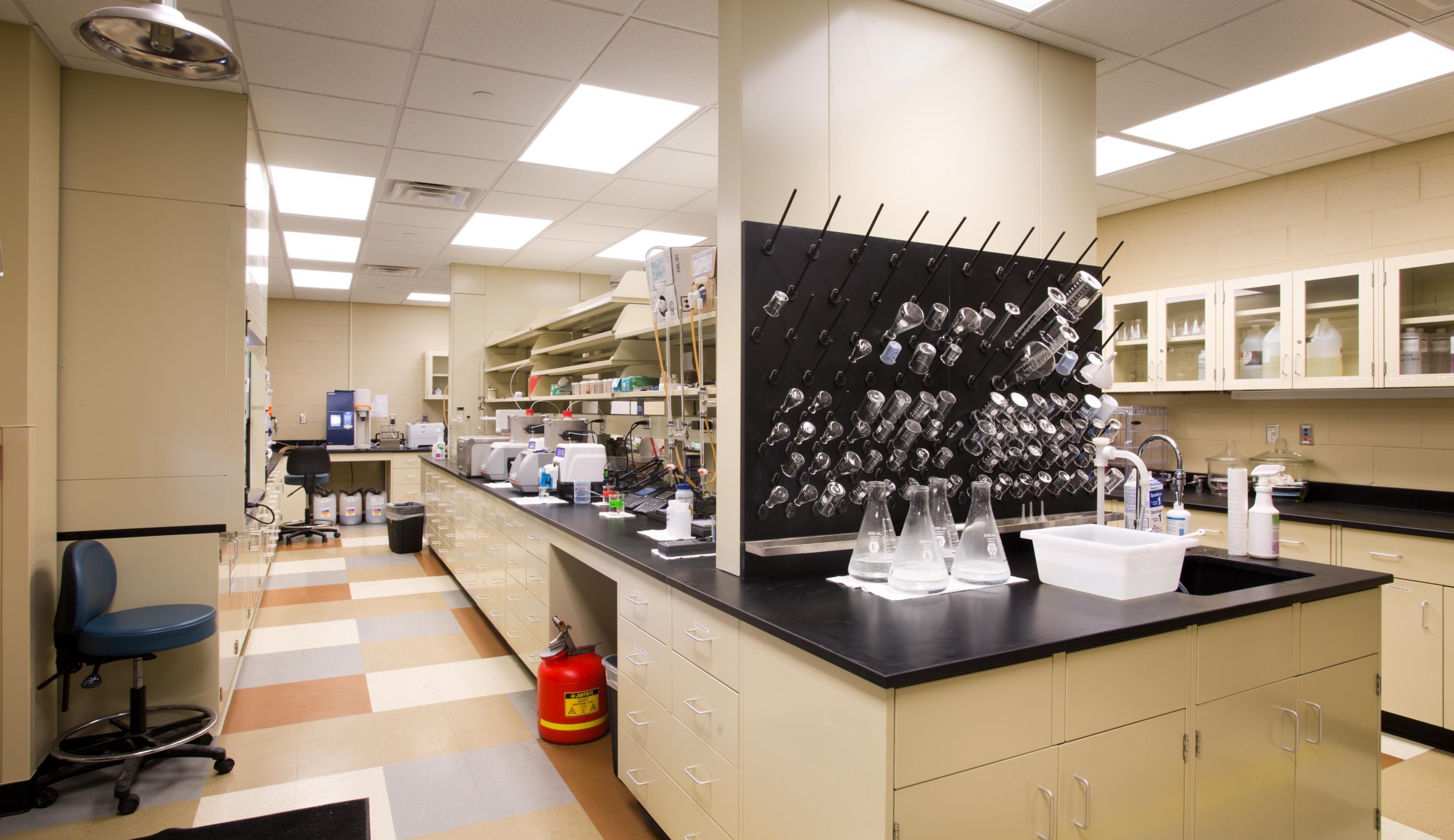
2.15.23
TAKING CONTROL: IT MAY BE TIME TO UPGRADE YOUR CONTROL BUILDING
Control buildings in chemical plants, power plants and refineries must be built to withstand catastrophic failure or be situated outside of the process area. This is because of their proximity to the large quantities of hazardous materials being transported, stored and produced in these facilities. These buildings have vital equipment, systems, and personnel that, if breached by an adverse event, could endanger the lives of employees and the surrounding communities.
Under OSHA’s Process Safety Management (PSM) regulations, many facilities that produce and/or store large quantities of hazardous materials are required to conduct a Process Hazard Analysis (PHA) that evaluates potential hazards and mitigations. A key portion of this PHA is a facility siting study (FSS). An FSS focuses on understanding the impact on workers should an adverse event occur and must be updated every five years.
In addition to process changes driving the need for reevaluation, best practices for evaluating facility siting evolve over time, causing buildings that were previously acceptable during an FSS to need additional hardening or relocation.

What’s so important about a control building?
Control buildings sit within refineries, power plants, and chemical plants, so staff can monitor systems, detect issues, and oversee the hazardous materials being handled. Even though they reside within the blast radius, these control buildings must always remain functional, because they manage the plant’s vital processes.
There are multiple components required to build this specialized space. For example, control buildings must be constructed to withstand different levels of pressure waves from various types of explosions, and the HVAC systems are designed to prevent unwanted exterior contaminates to reach the staff inside. Both measures keep the control systems and, more importantly, the personnel inside protected from a potential breach.
This construction process requires comprehensive research and extensive experience. Working with a construction partner like Hutton—who not only has the necessary experience, but an evolving awareness of best practice changes—is vital to keeping your people and process safe.
While this type of construction method is typically reserved for control buildings, Hutton’s industrial construction team out of the McPherson office has offered these blast control solutions to other applications, like onsite offices, shops and labs. Many of these solutions have been new buildings, but often, Hutton can harden existing structures to meet requirements which can often be done with minimal impact to your personnel.

Ensure your people and process are protected
Many of Hutton’s industrial partners have been working through updating their FSS as part of their five-year requirements and have discovered opportunities to improve their existing control rooms.
There are typically three options for making sure a control building is protected from blasts, and Hutton can help you with all of them. You may need us to review your existing control building’s hardening. We can work with trusted partners to investigate your current building, determine if it can be hardened, and implement the necessary changes. If your existing space cannot be hardened, we can construct a new hardened space near the process. A third option would be for Hutton to build a non-hardened building outside of the process area.
No matter the method, Hutton is the turnkey solution to making sure your people and process are protected.
Keeping you and your communities safe
Our design-build approach not only streamlines the architecture and construction process, but it gives you peace of mind knowing that there’s a single point of responsibility for the project. Plus, our extensive experience constructing blast-rated control buildings means that we know what it takes to keep your people and process safe.
Thank you for reading
For more information, please get in contact with Brandon Brungardt at 316.942.8855.